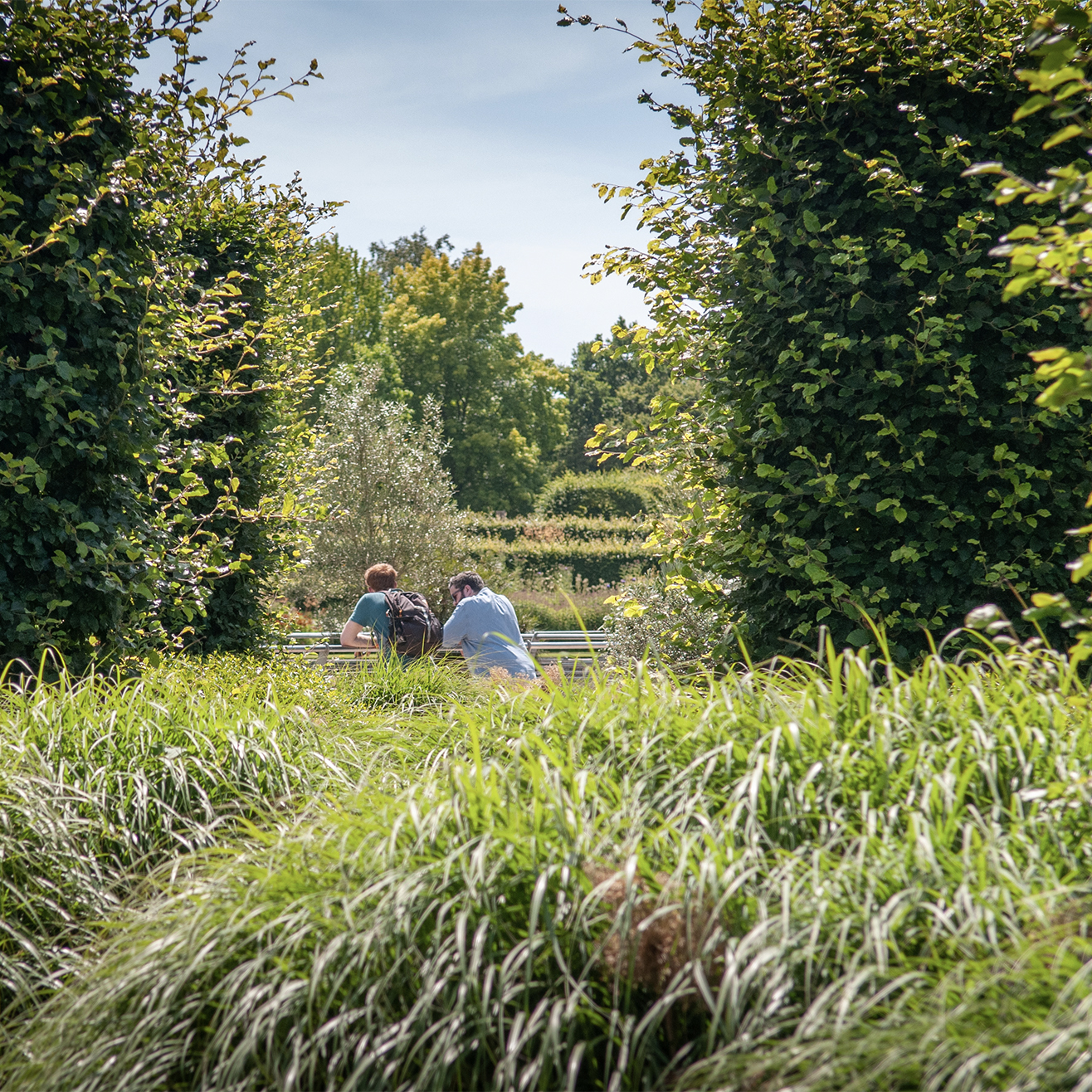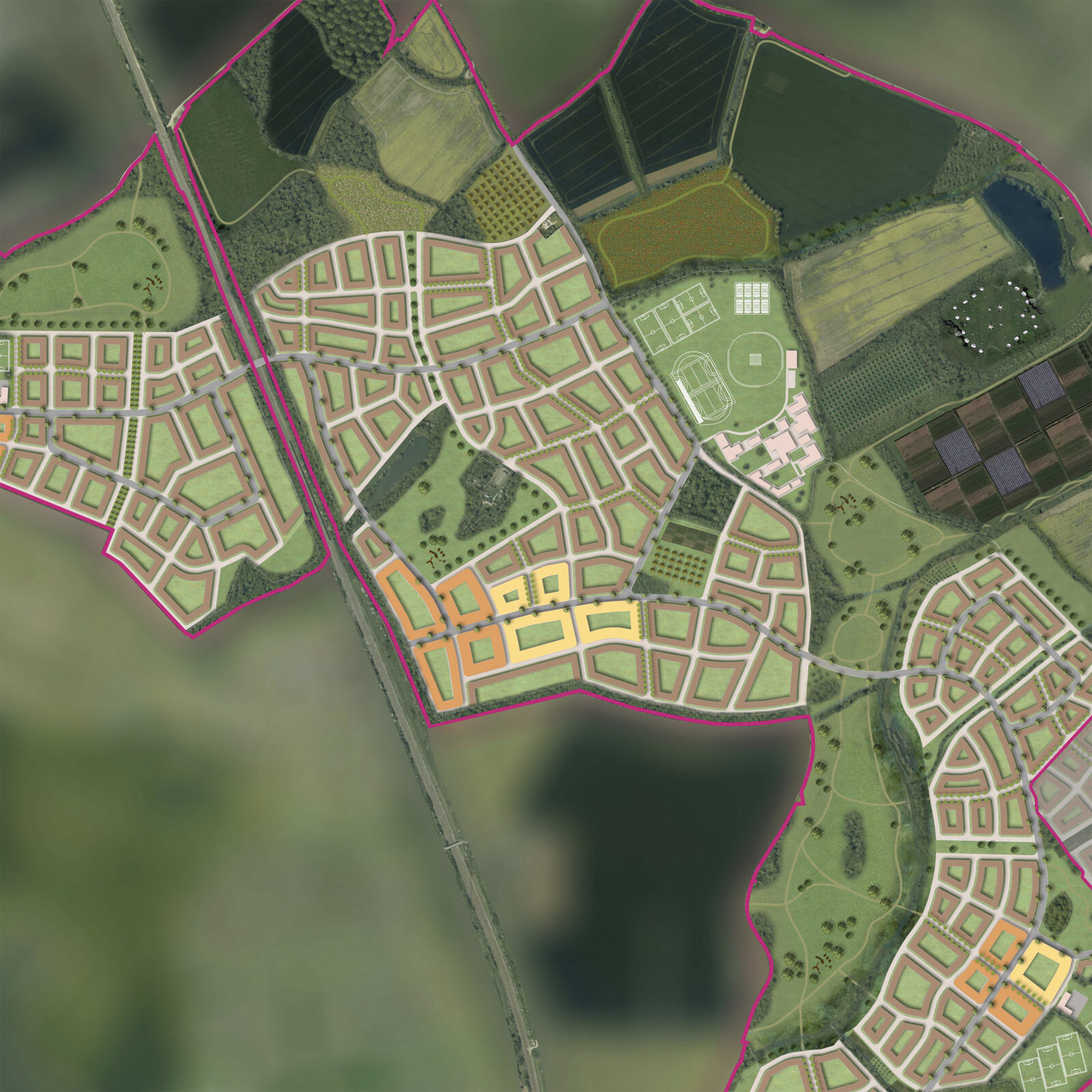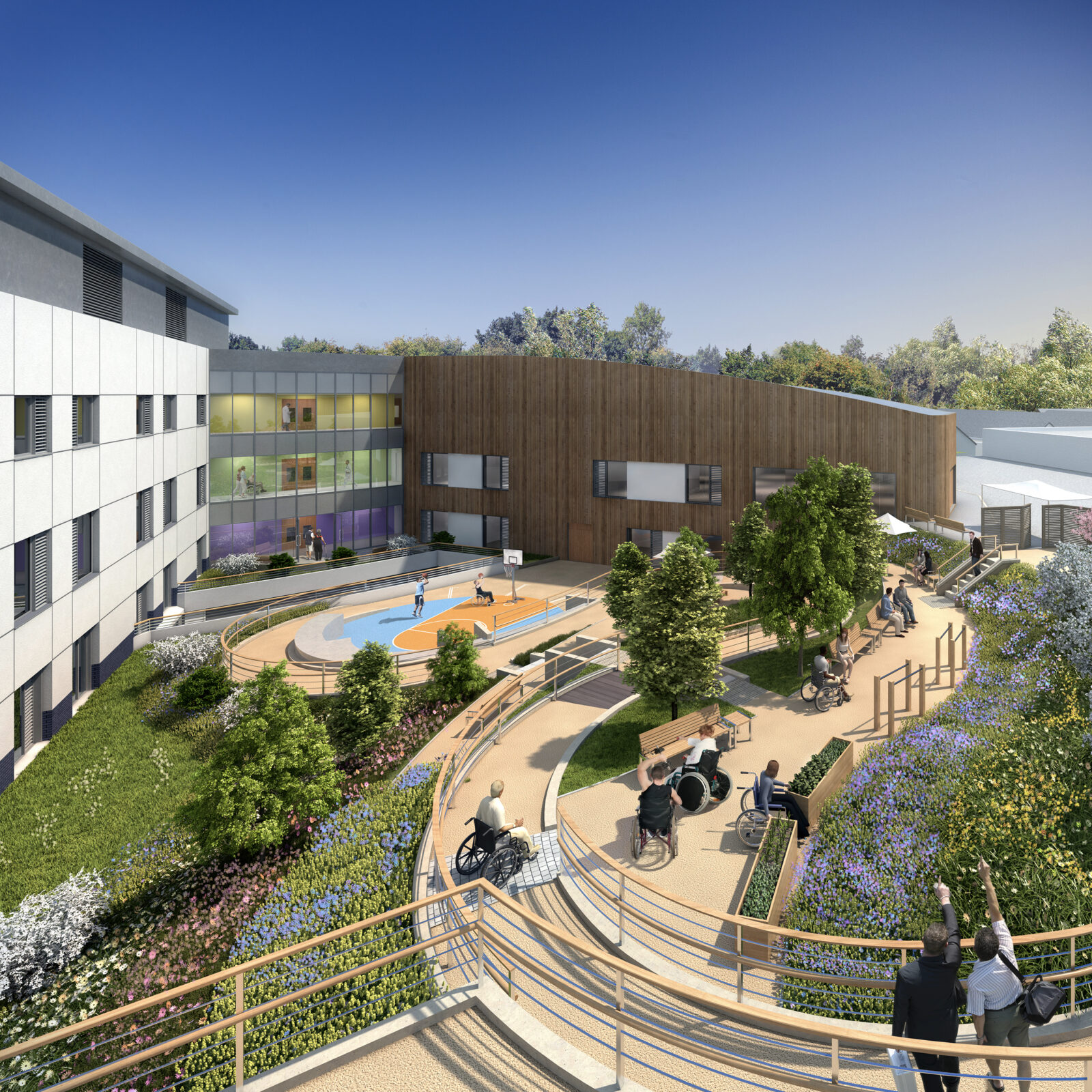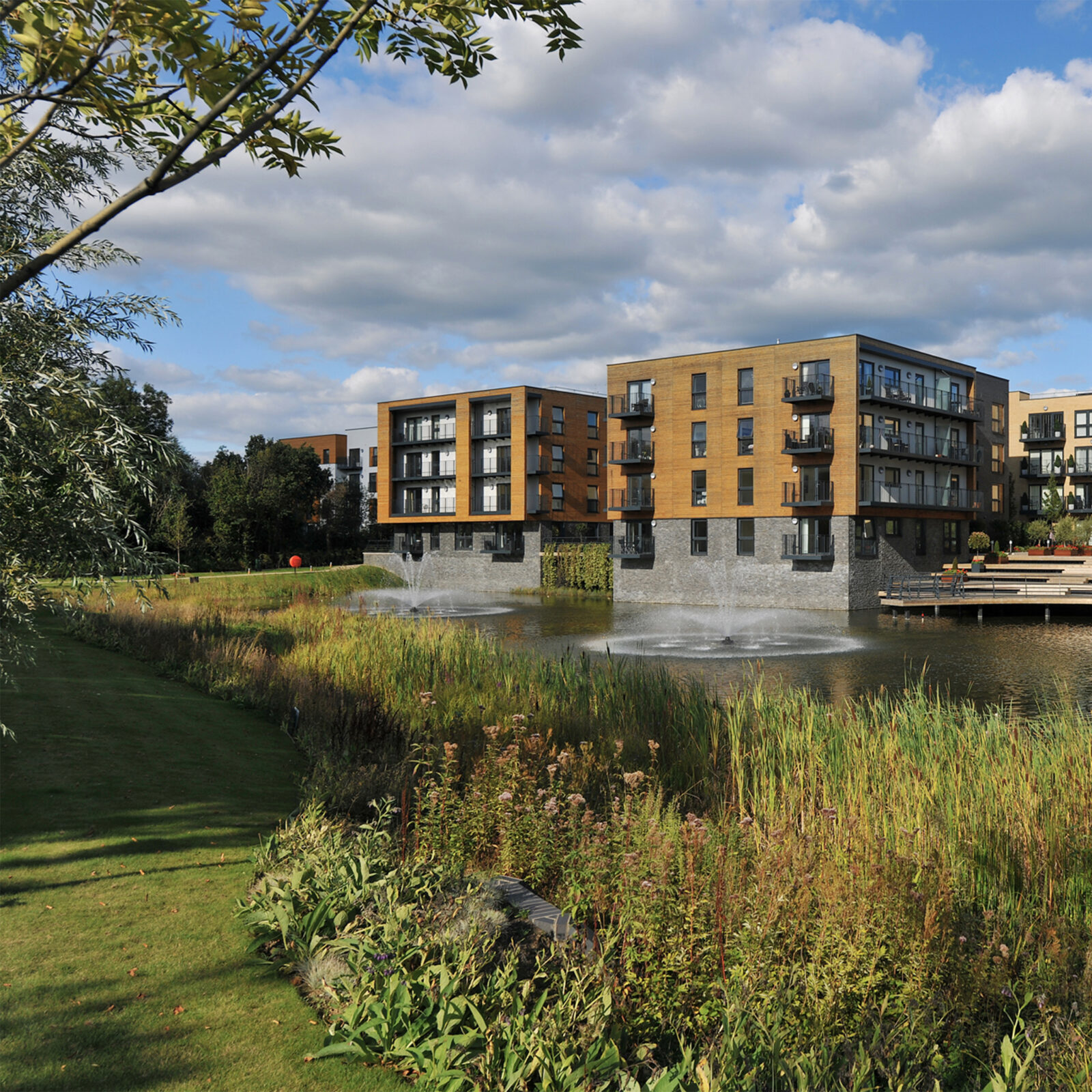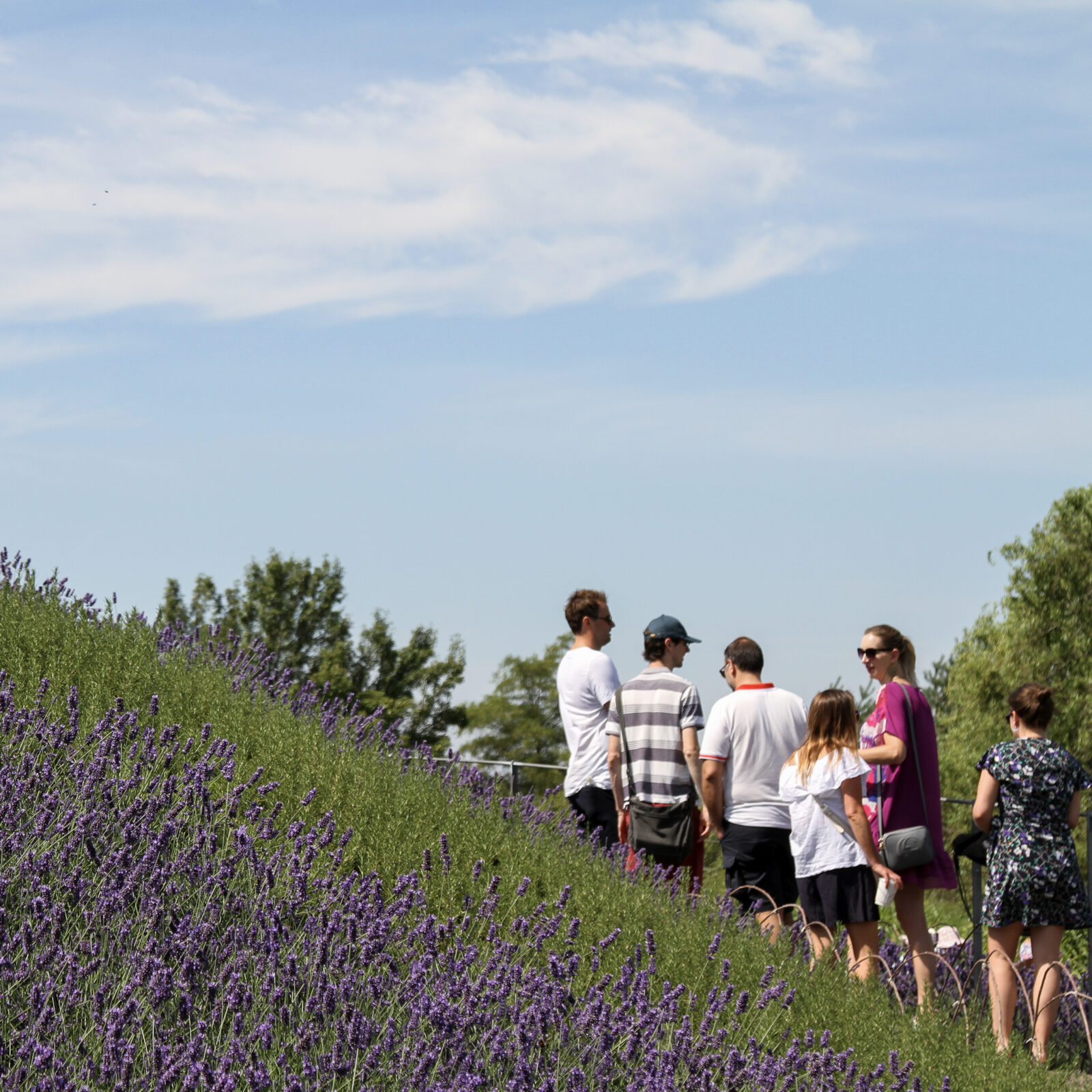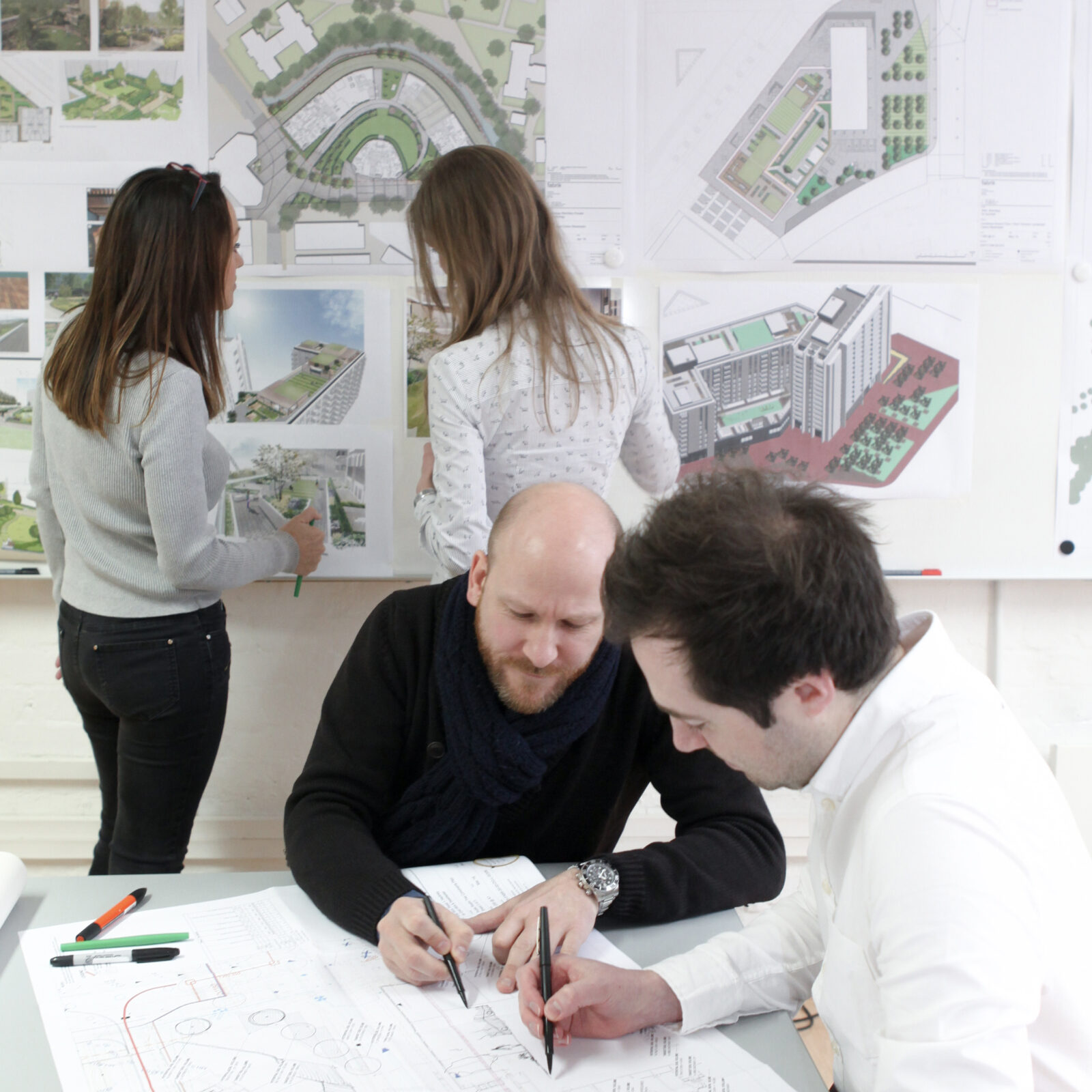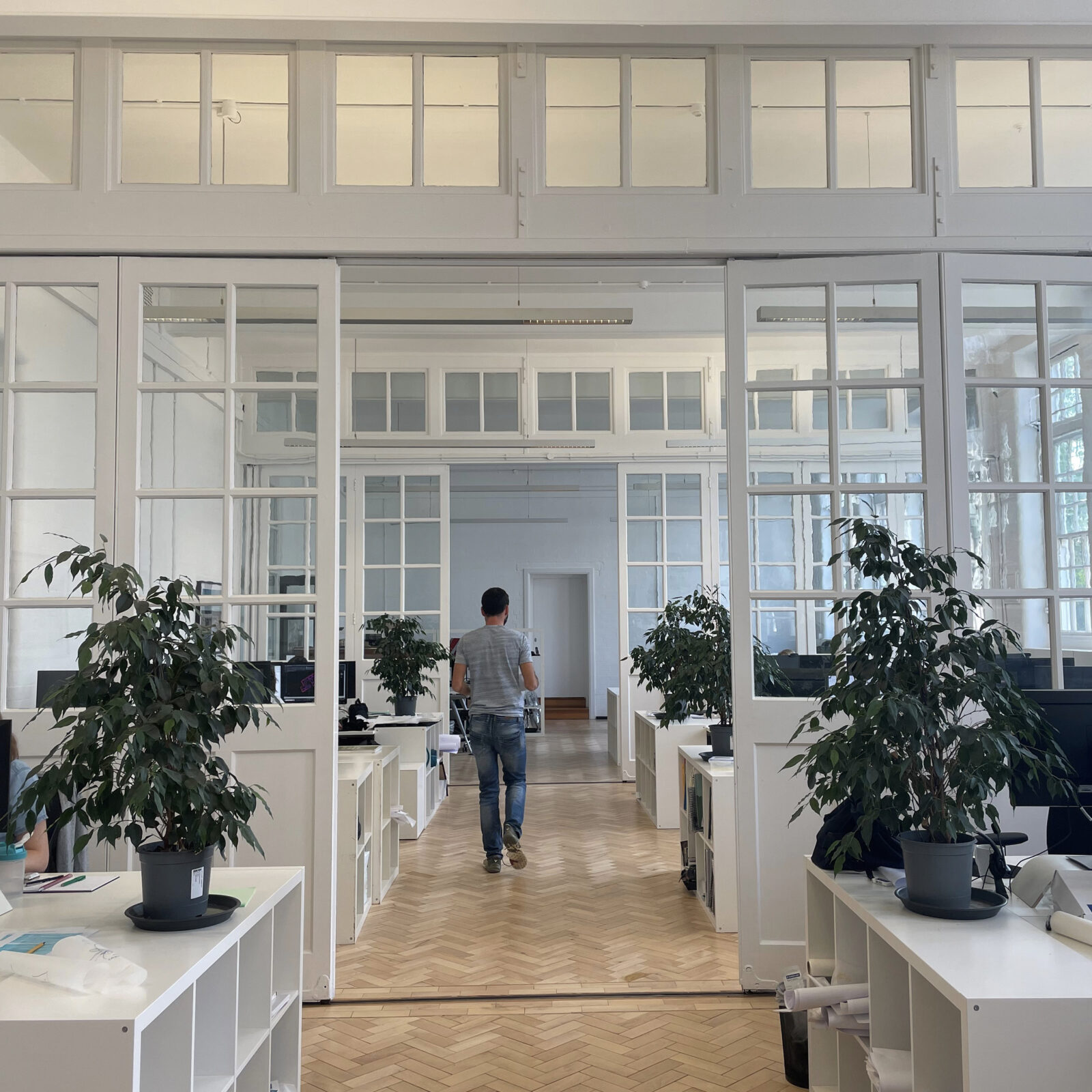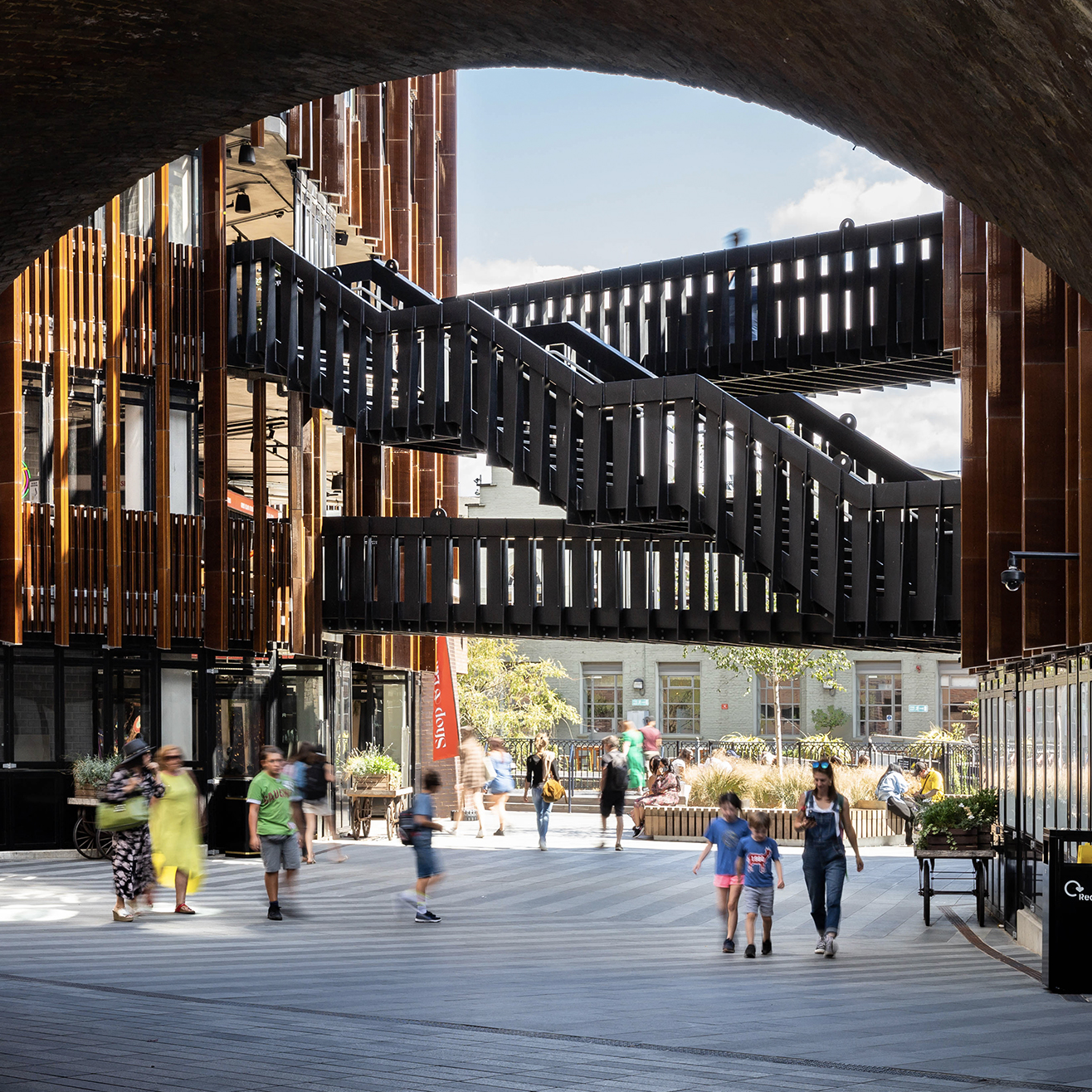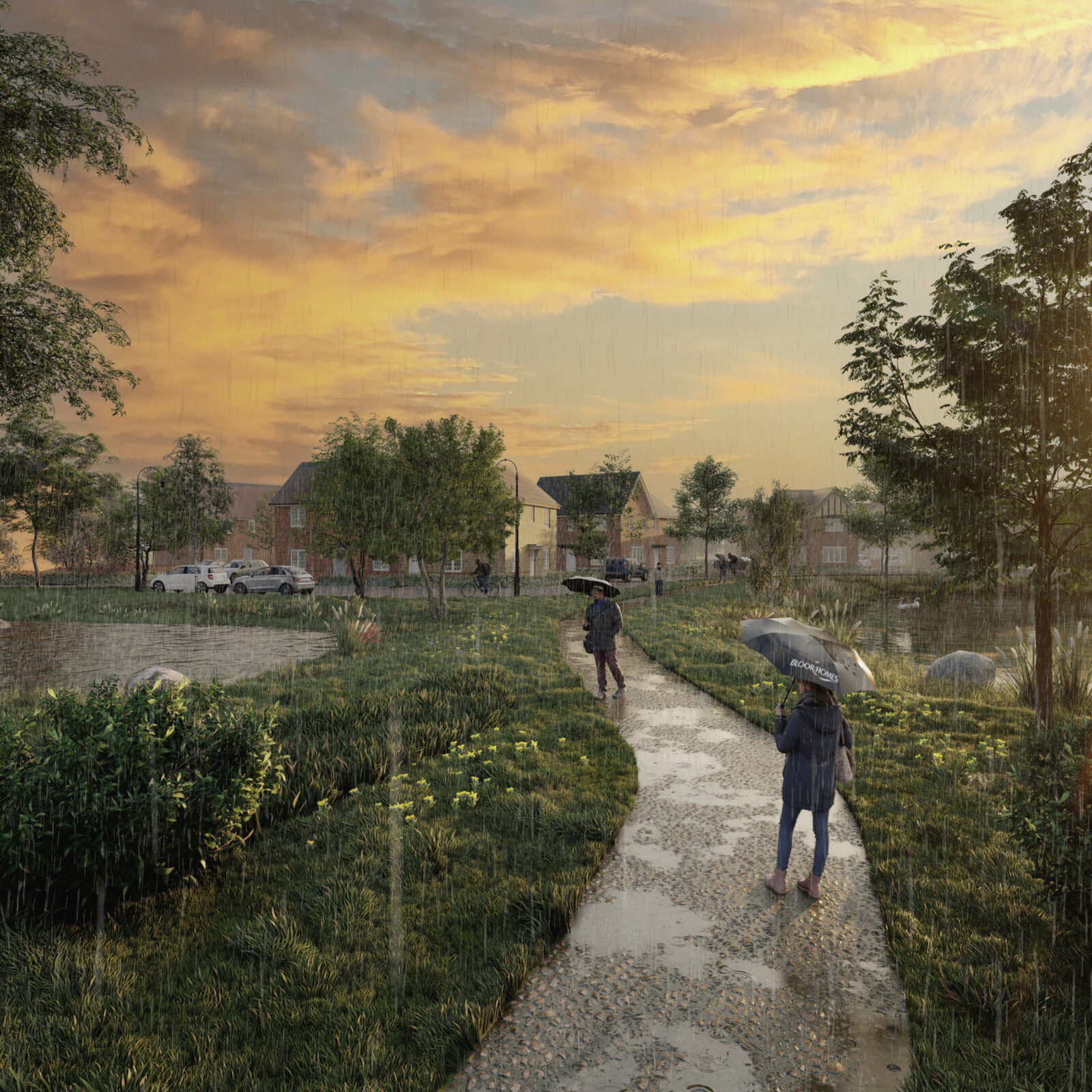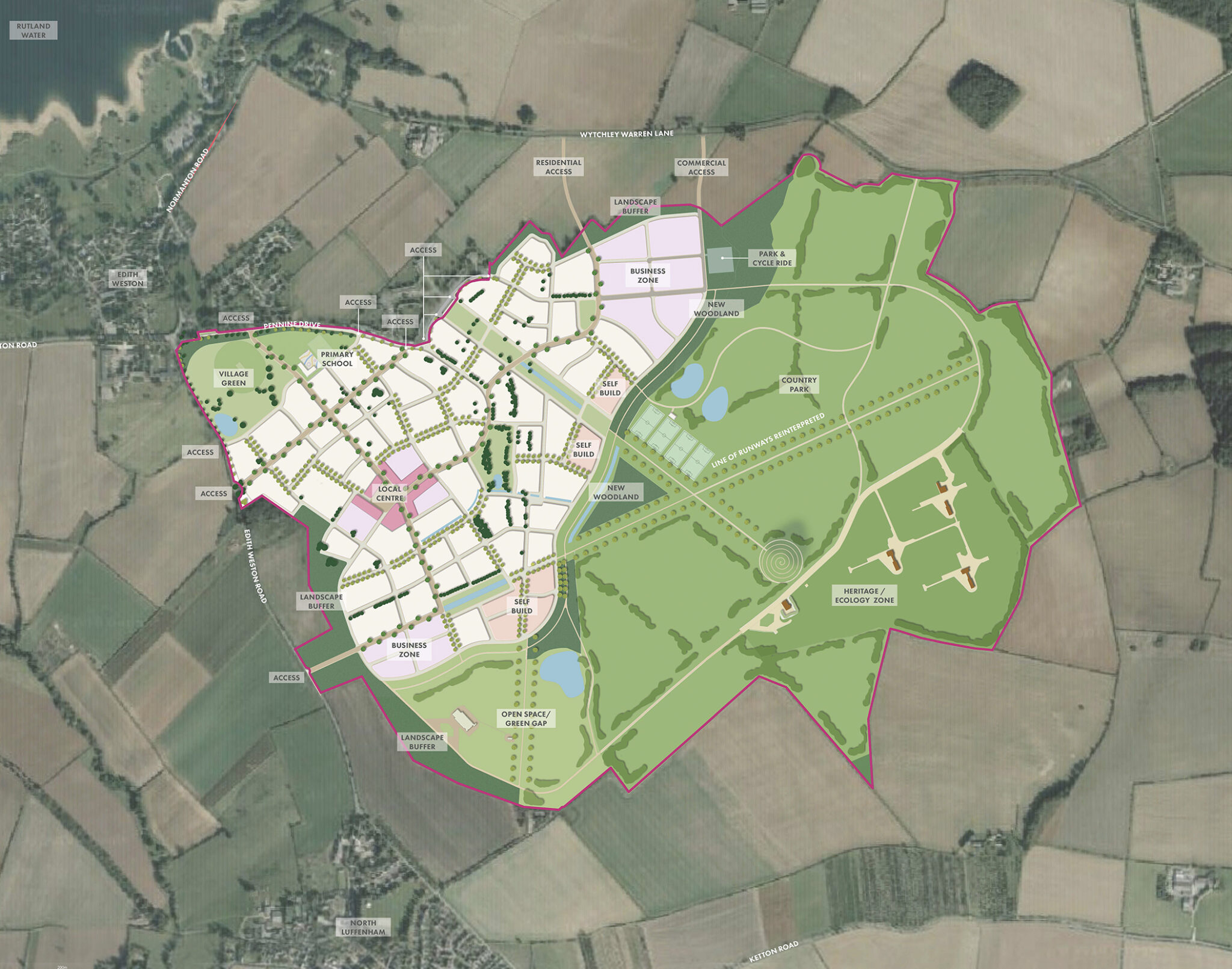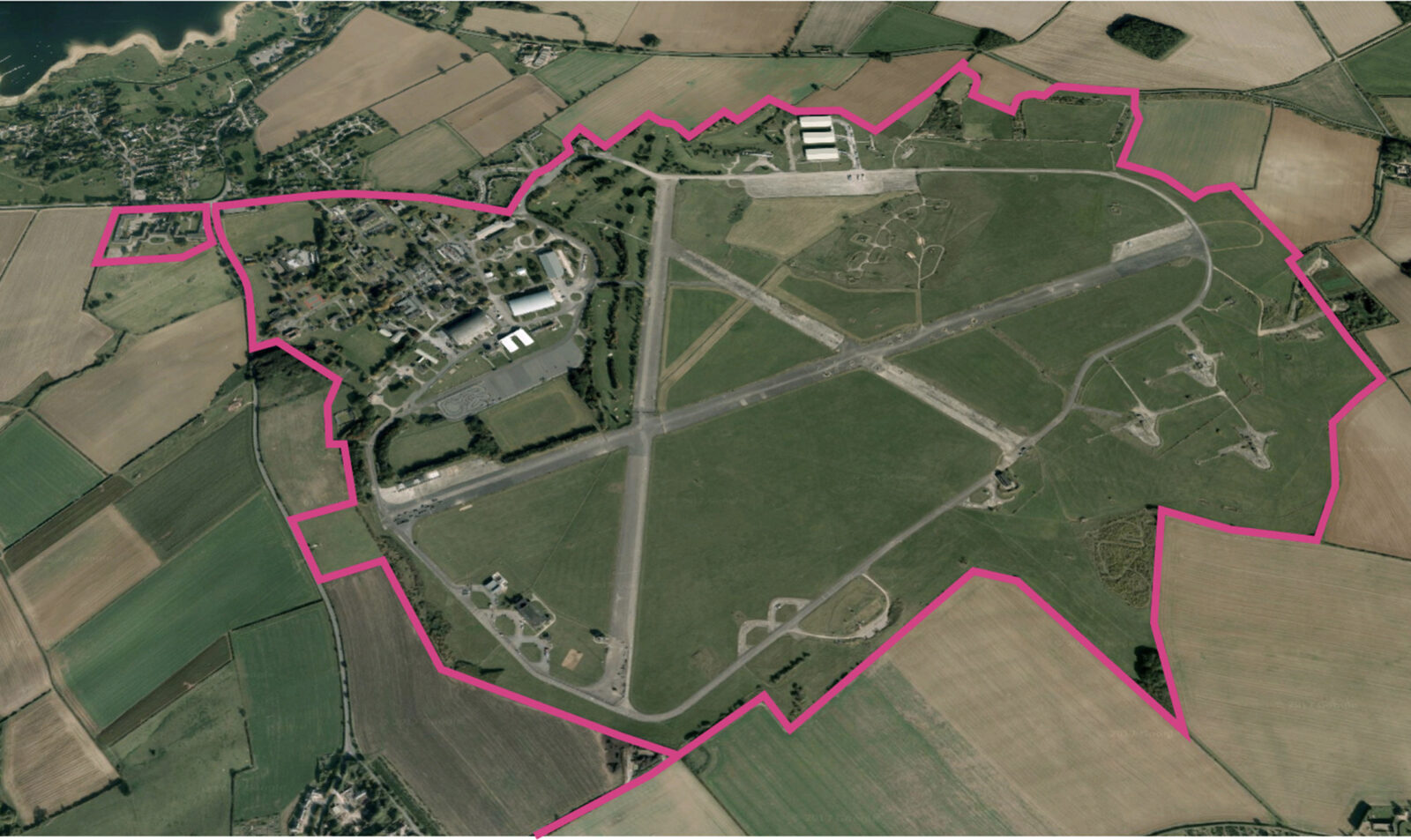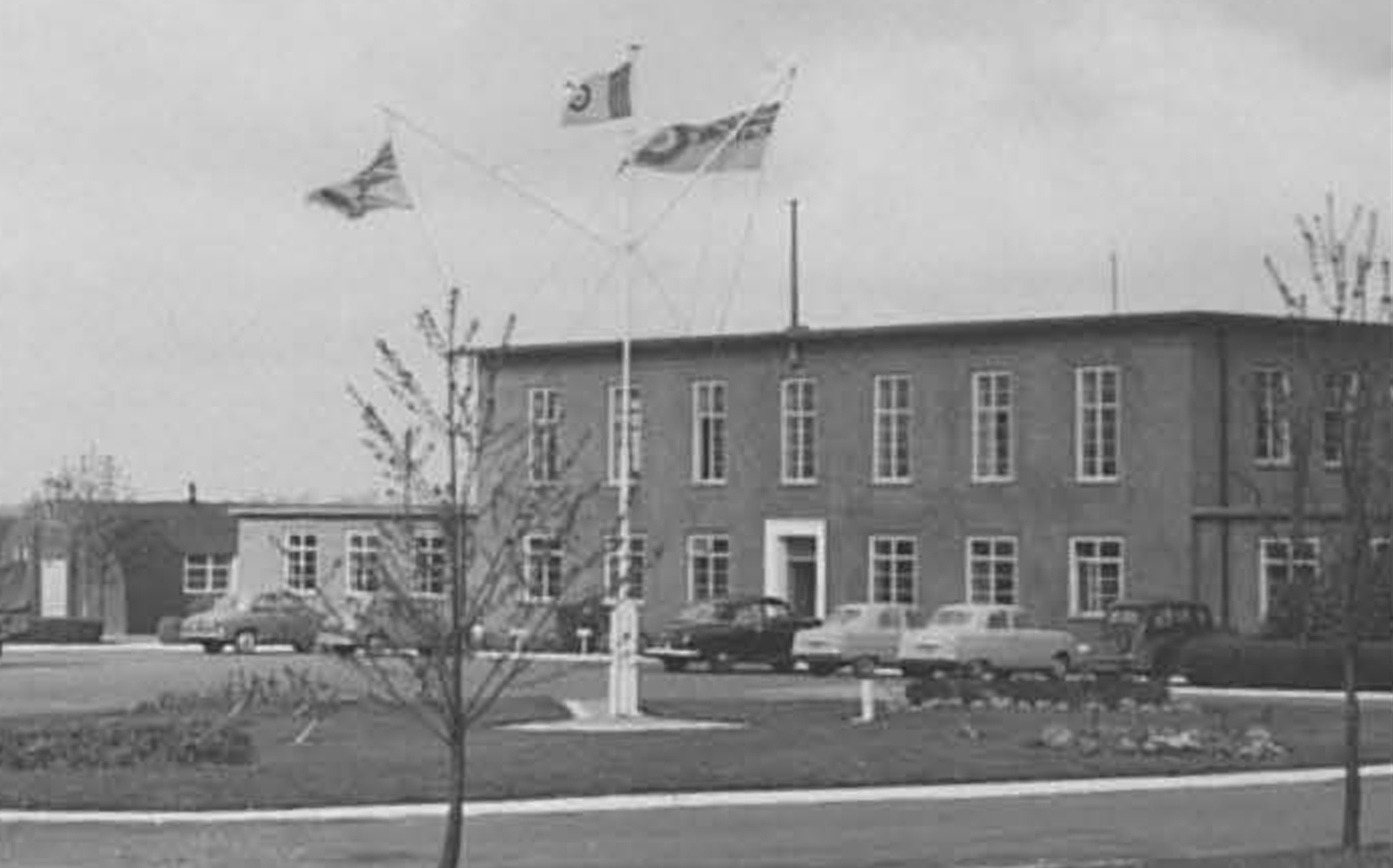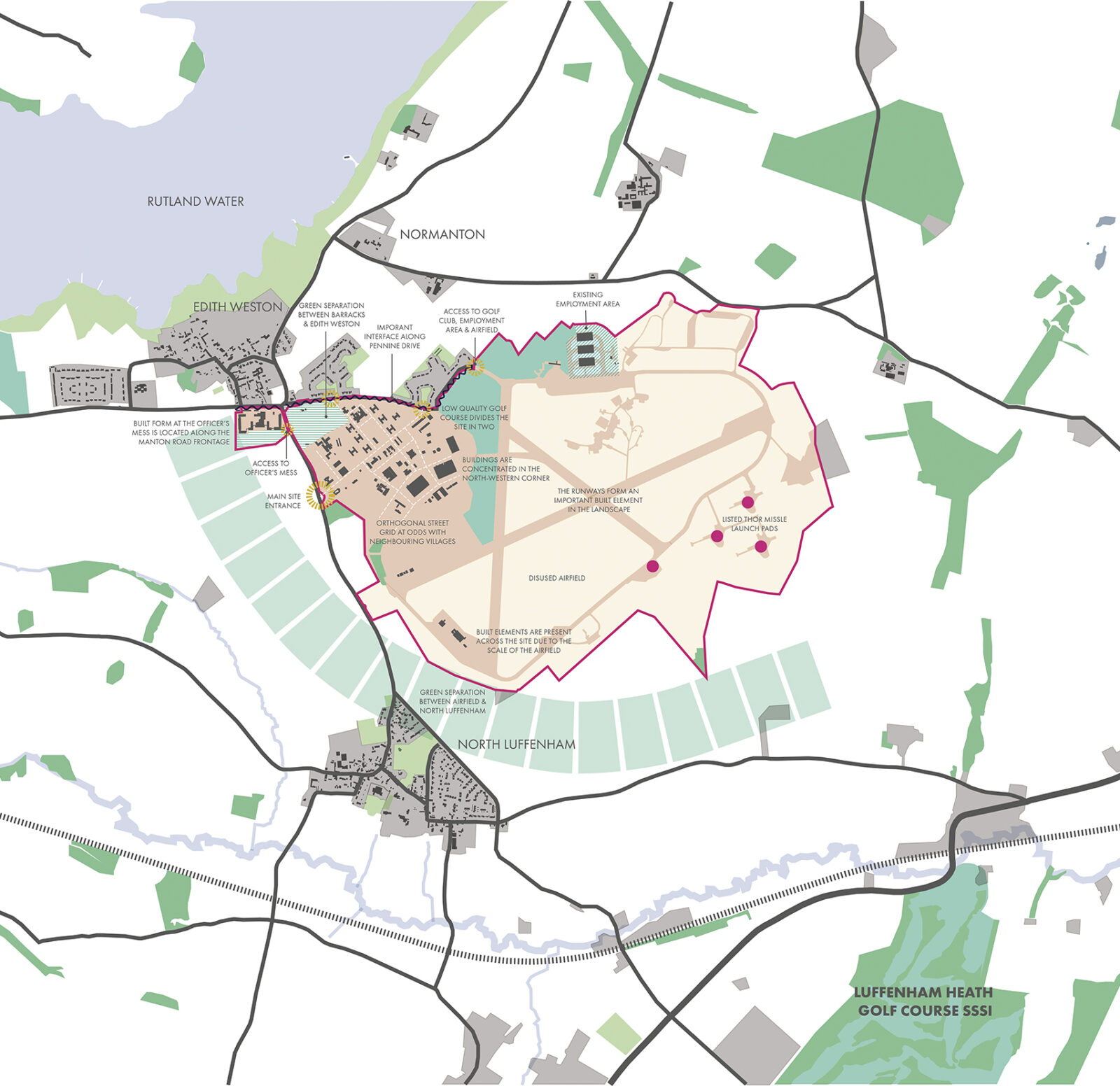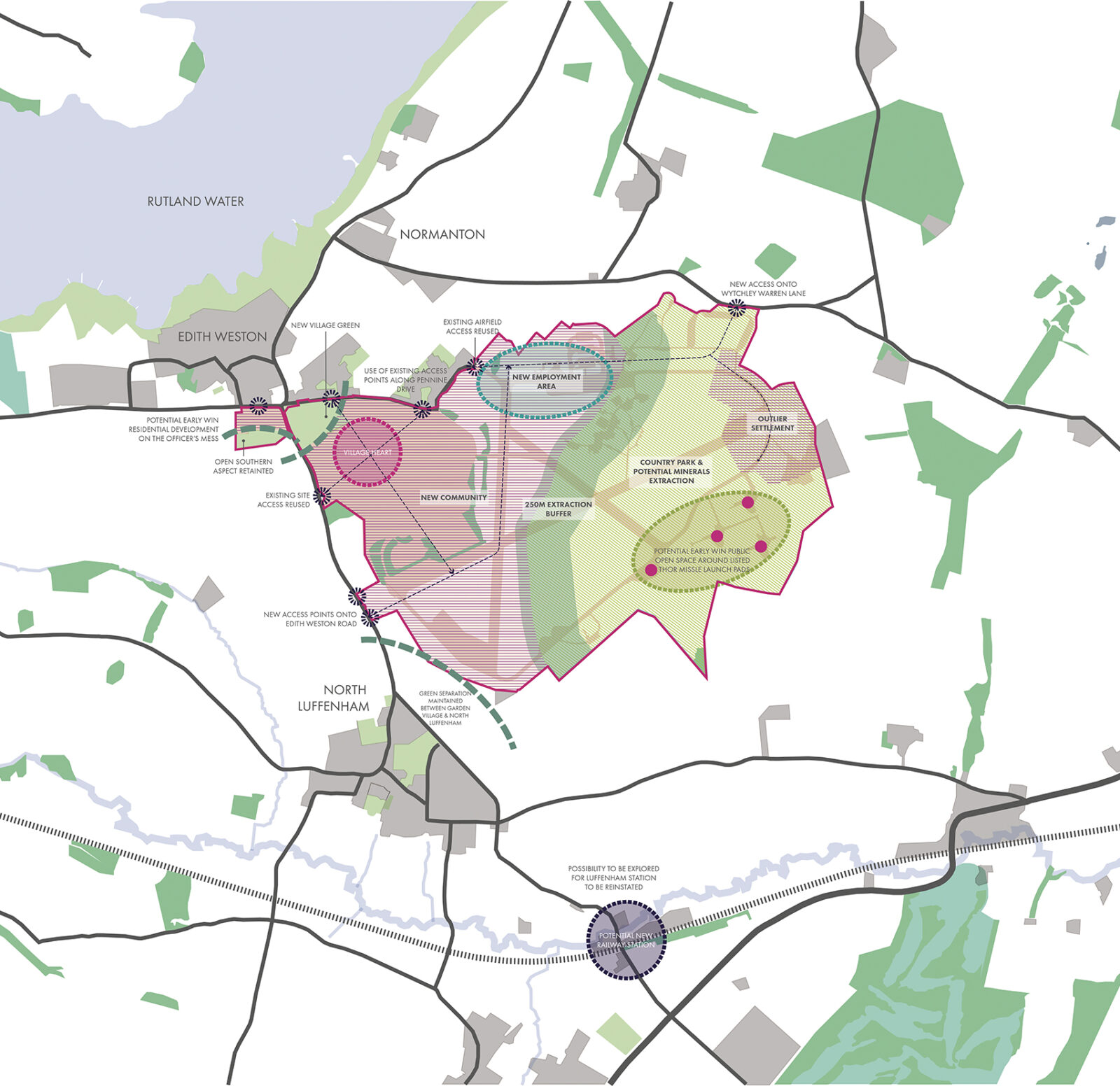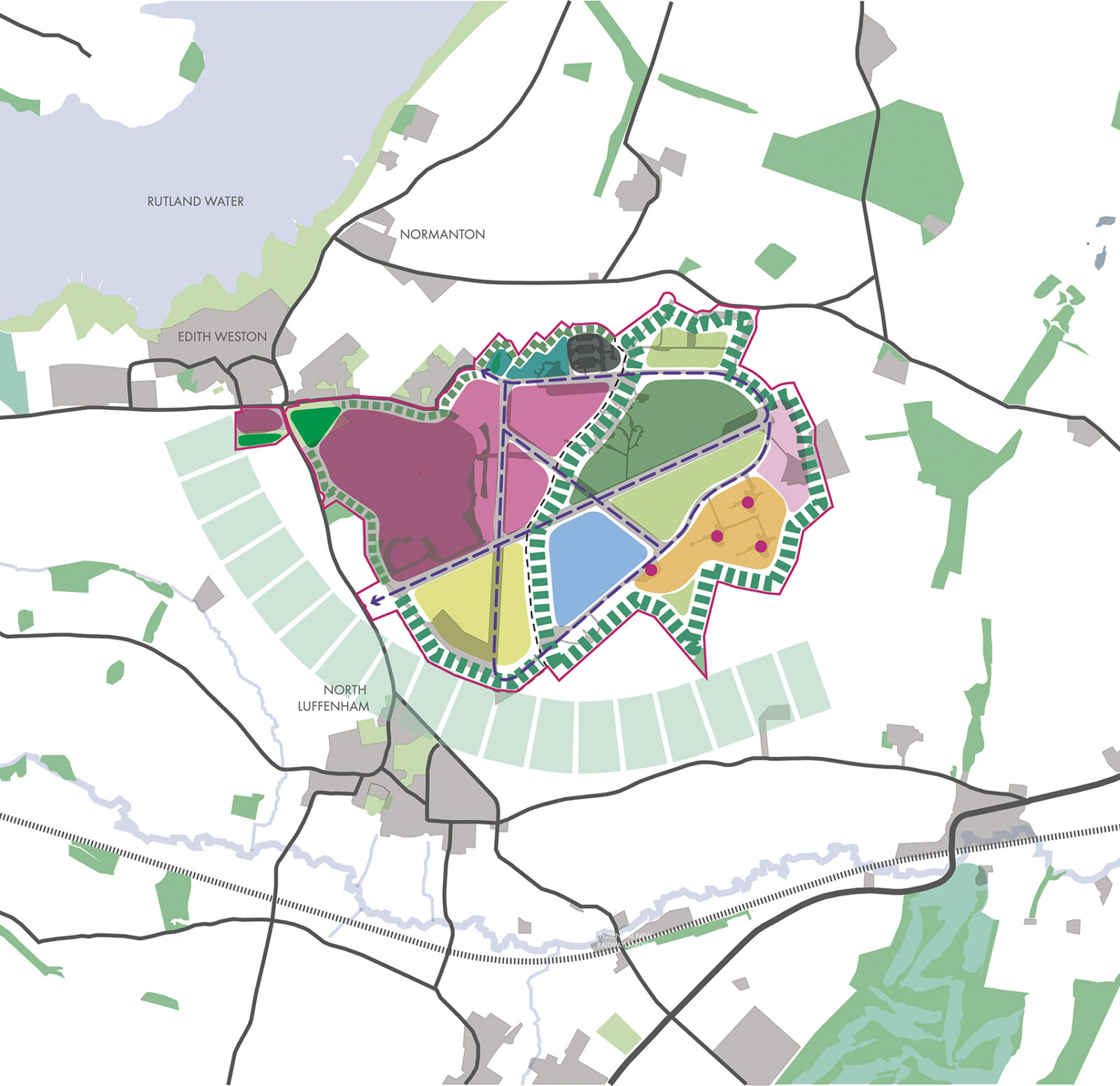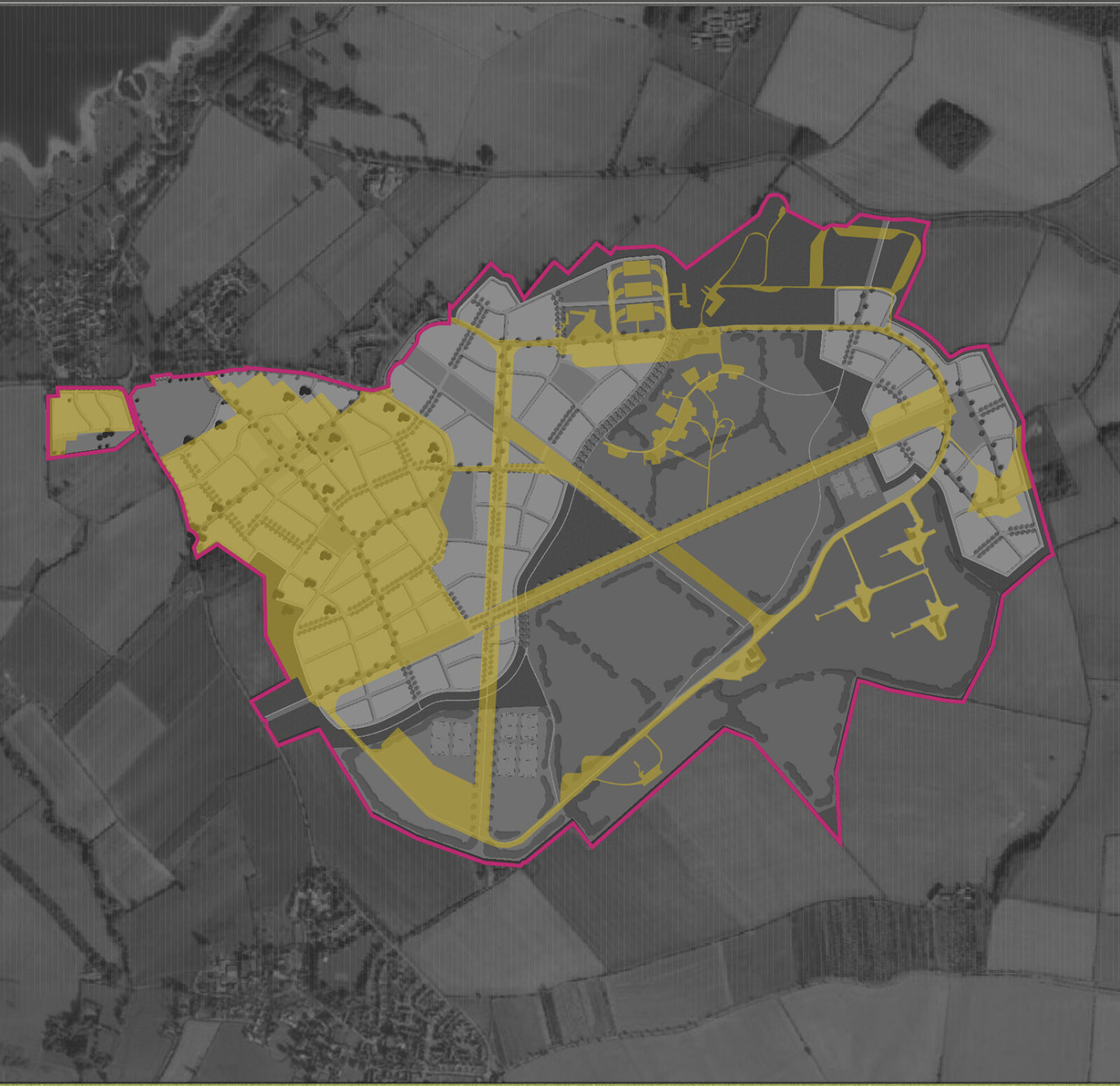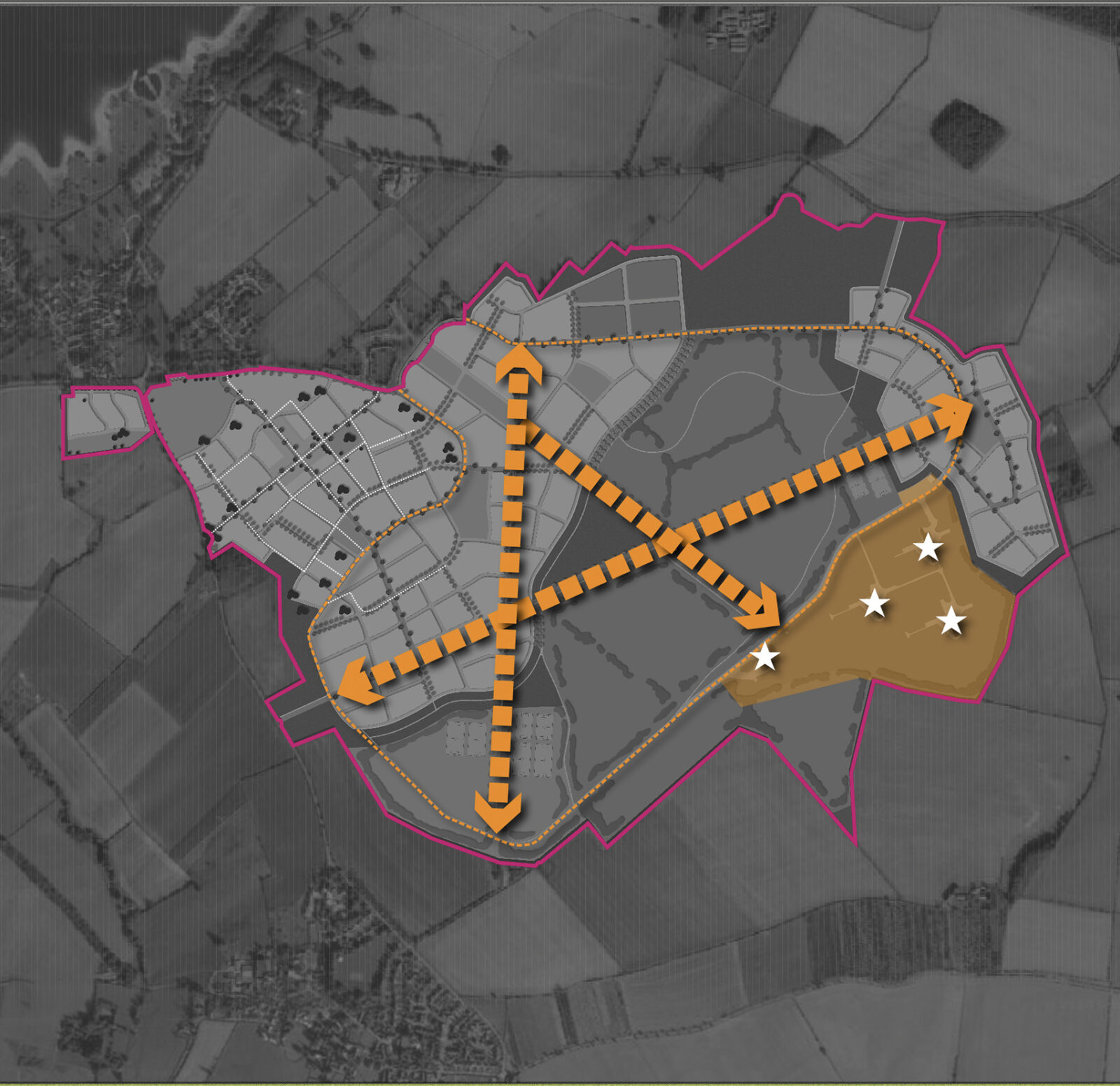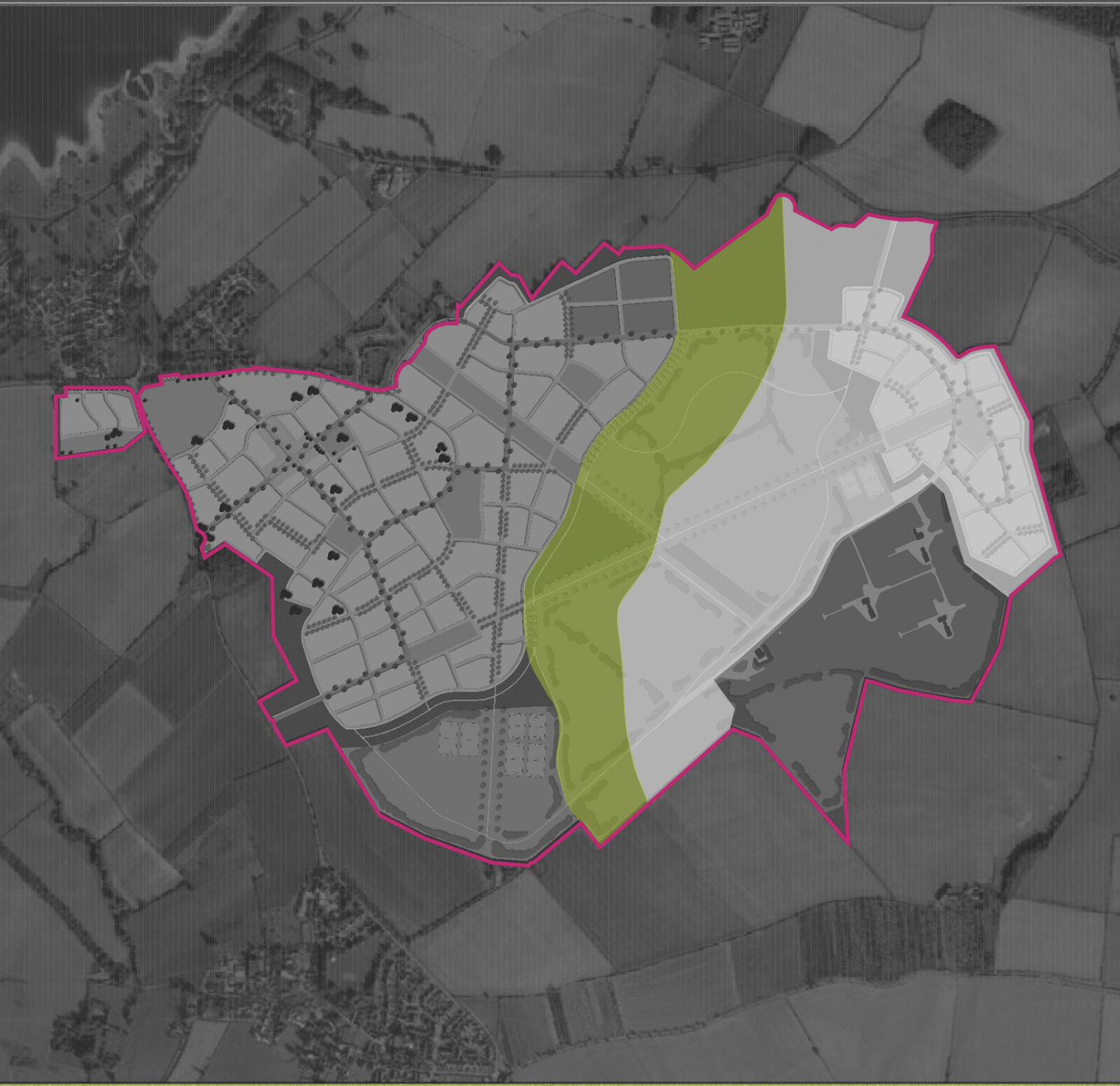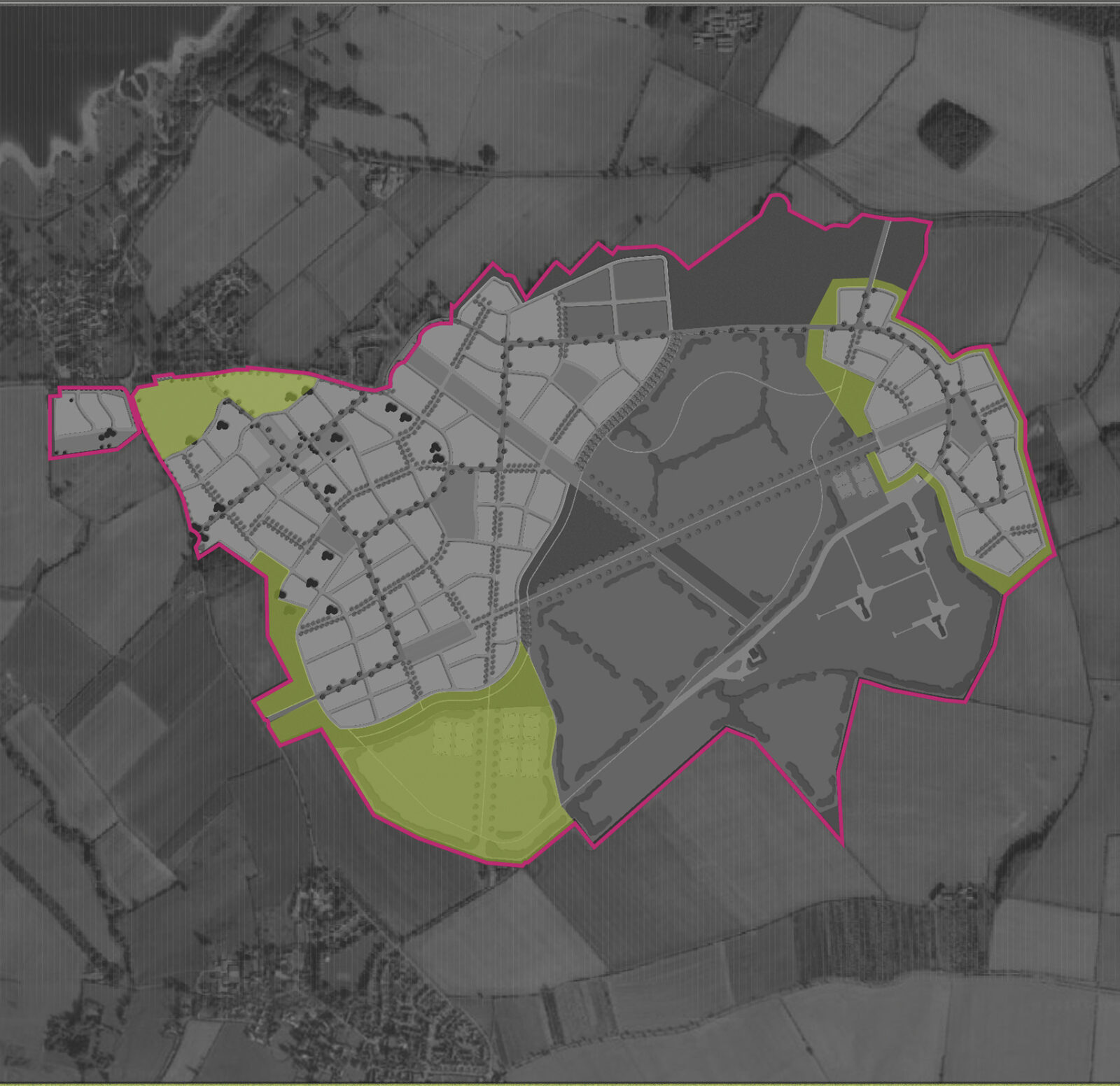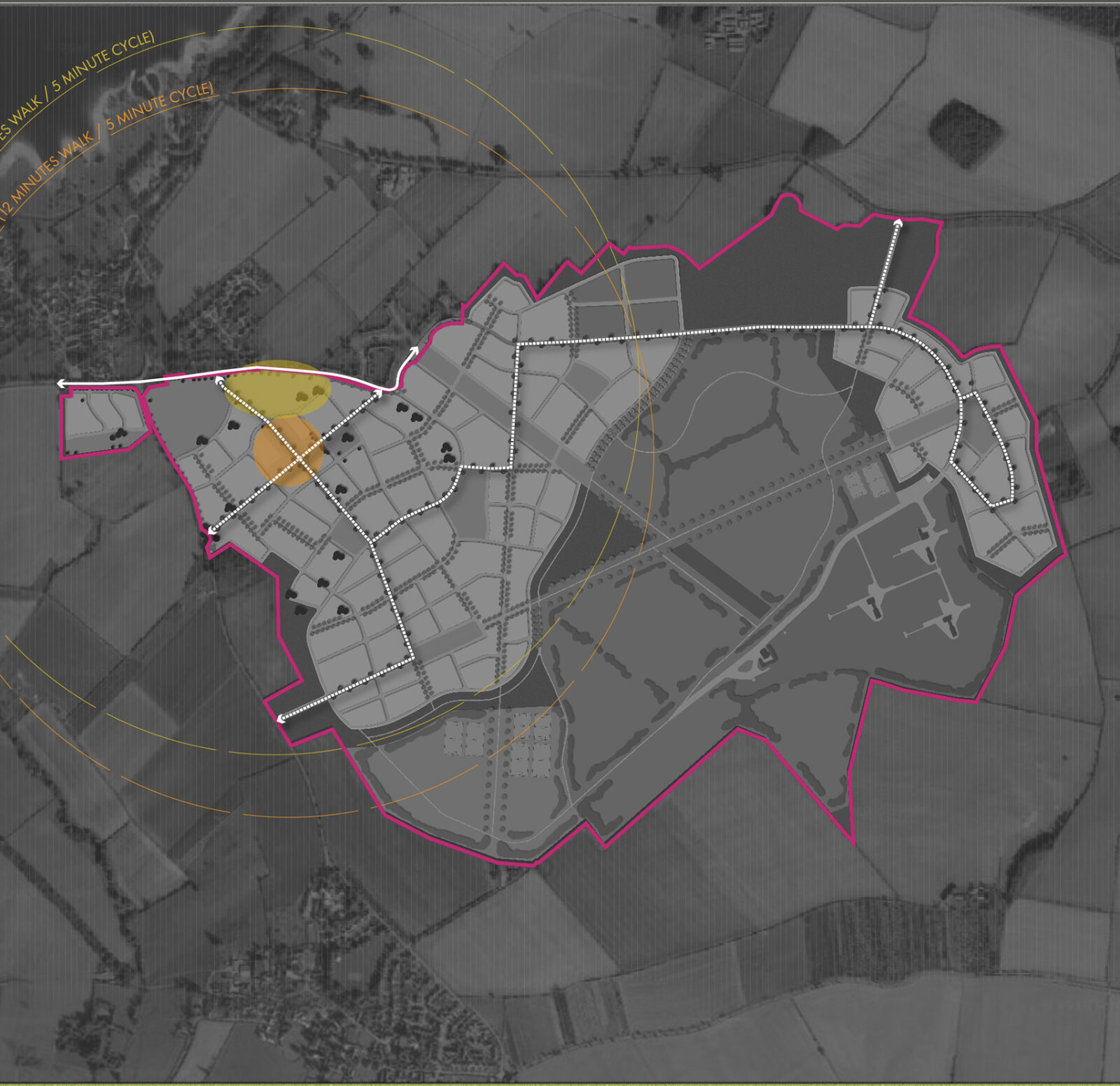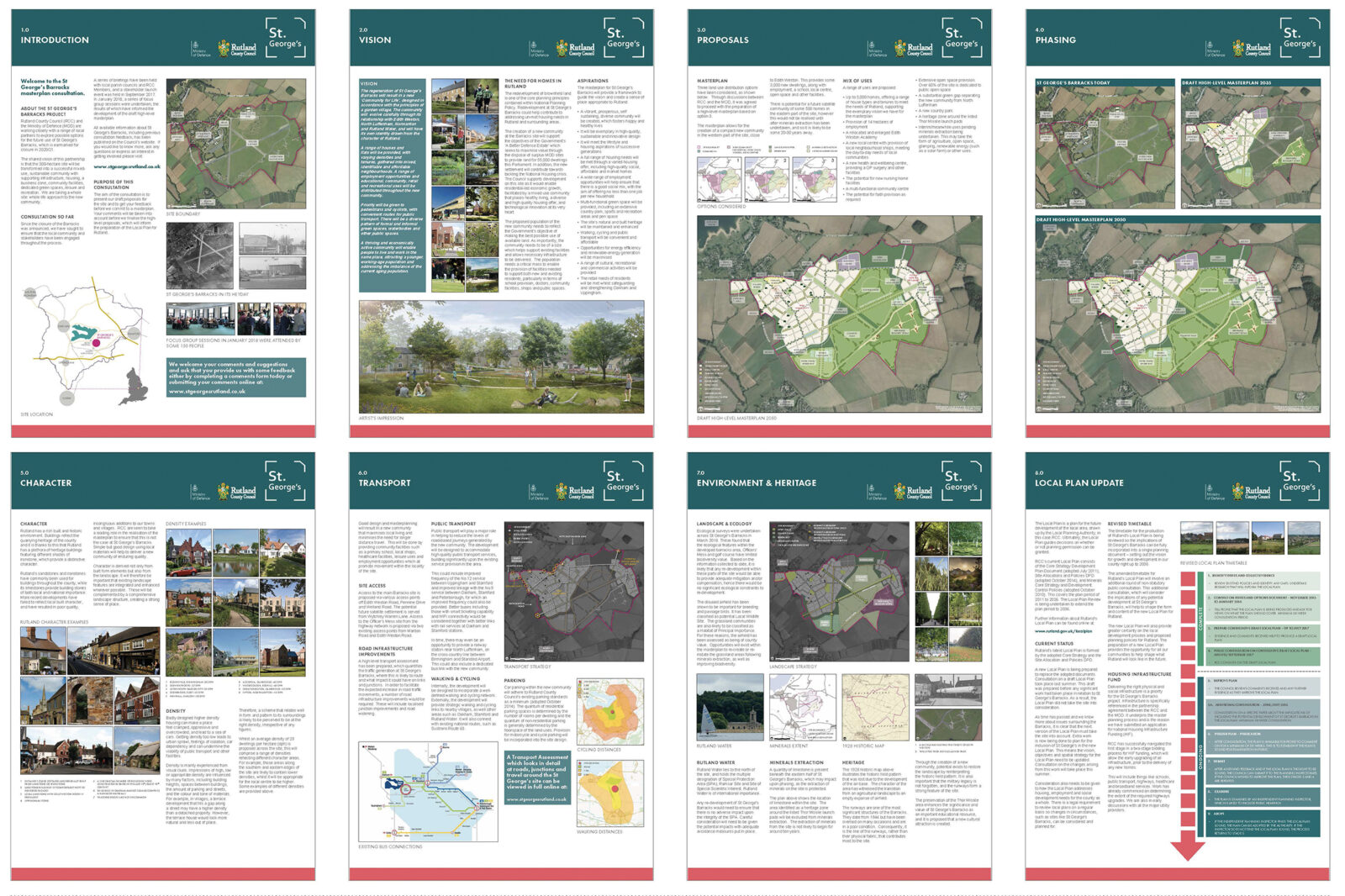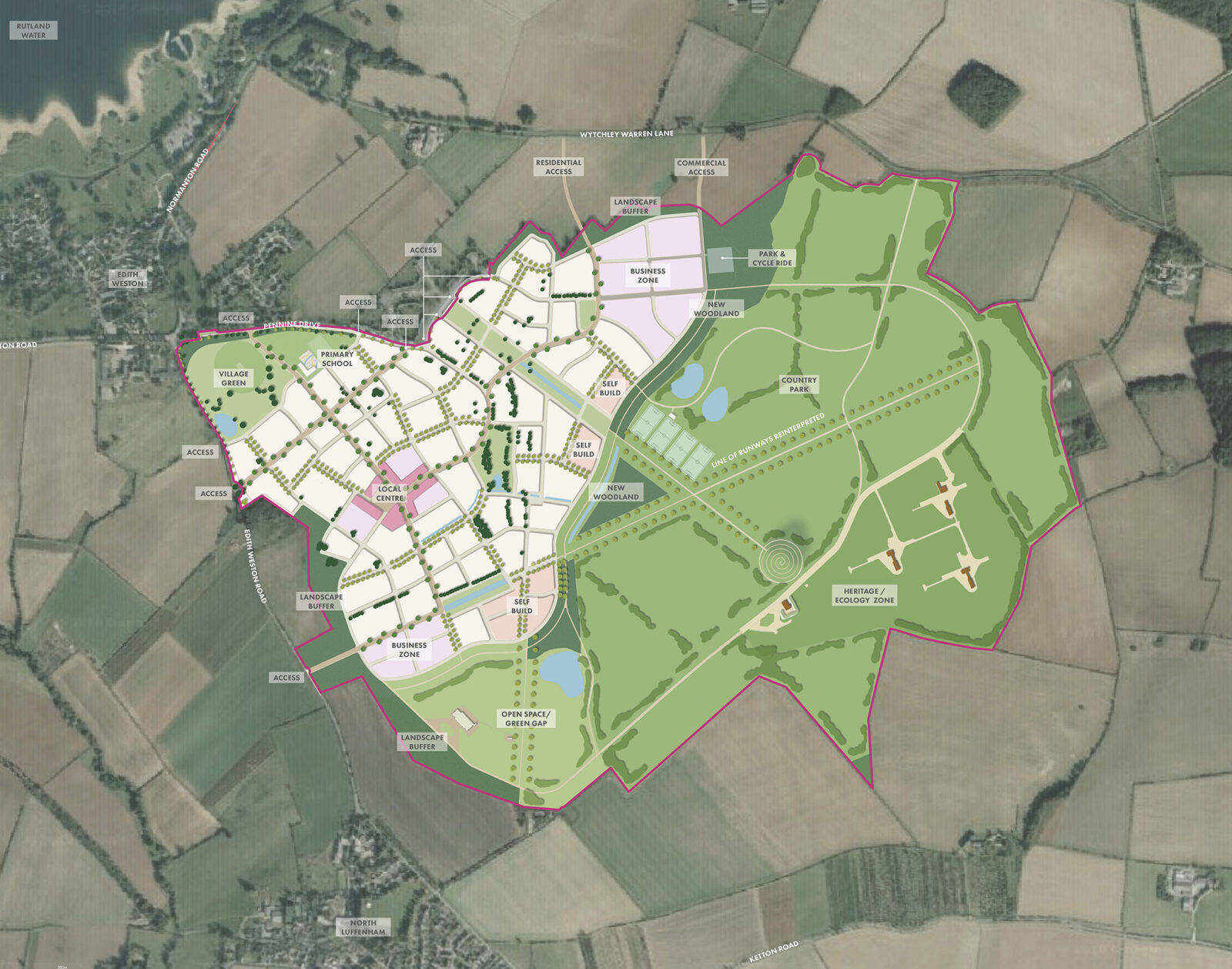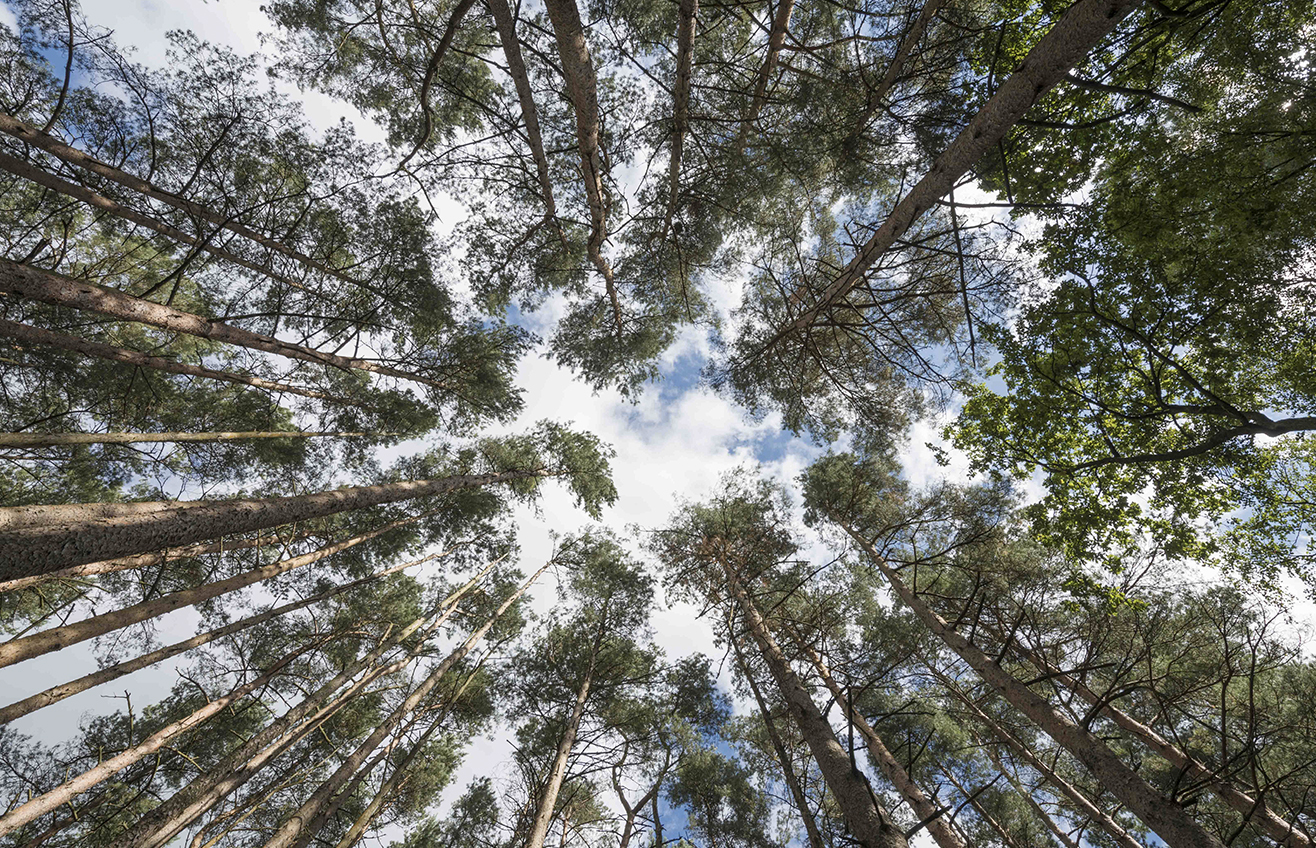In November 2016, the Government announced through ‘A Better Defence Estate’, a commitment to invest in a more efficient built military estate that will reduce in size by thirty per cent by 2040.
Within the announcement, it was confirmed that St George’s Barracks, a 300 hectare brownfield site in Rutland, would be surplus to operational requirements and programmed for disposal, to support the Ministry of Defence (MOD) in maximising value through the disposal of sites and provide land for 55,000 dwellings. In recognition of this, Rutland County Council and the MOD agreed a Memorandum of Understanding to jointly explore the opportunities for the future of the St George’s Barracks site and work together in a new and innovative way to deliver Government growth and efficiency objectives for the site, and ensure that development of the site is sustainable and right for Rutland.
